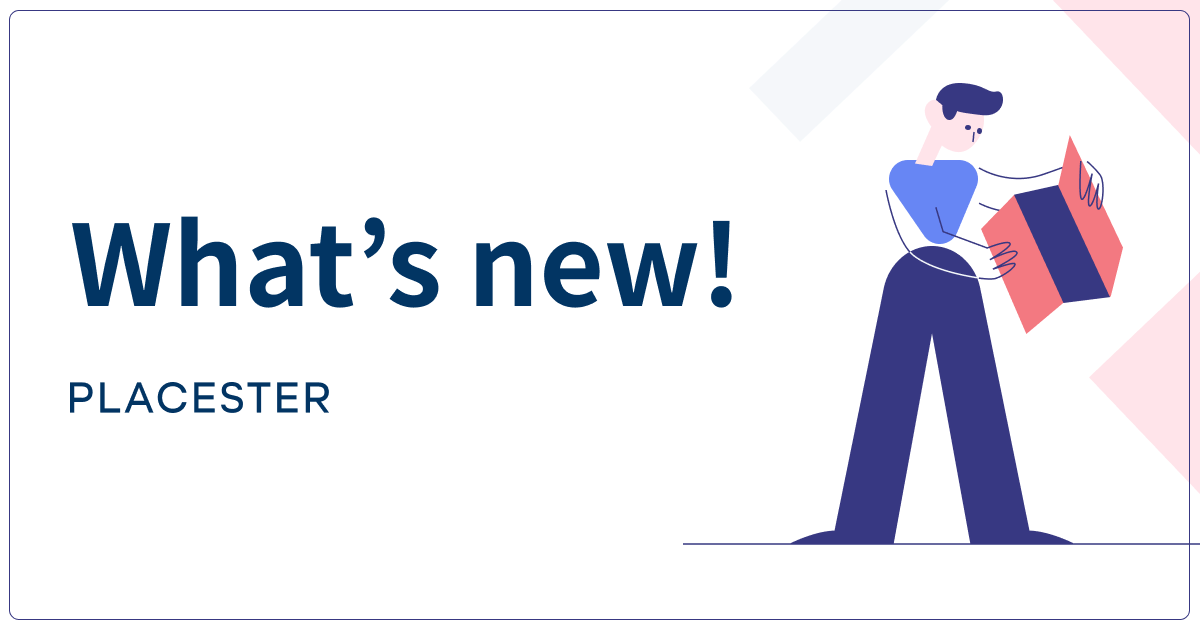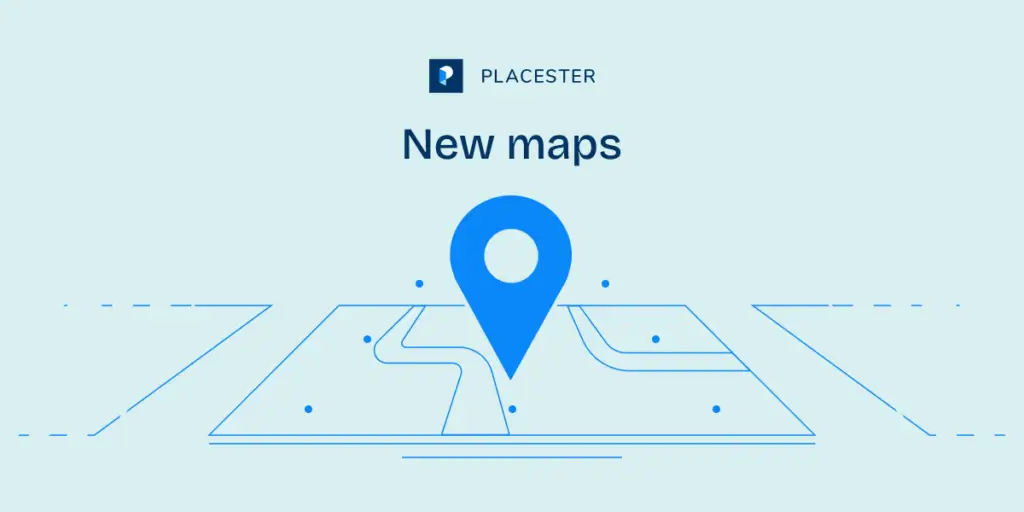
Yesterday, LinkedIn announced a new profile feature called Endorsements, which allows people to easily recommend you for your skills and abilities with just one click.
Clearly, these endorsements are intended to round out your LinkedIn profile for potential employers, as well as making it easier for those employers to find the candidates they’re looking for. I, for one, foresee a few problems.
Endorsements Are Not Likes
Because they’re a one-click solution, endorsements have been compared to “likes” on Facebook, but they’re different in a couple of key ways. “Likes” are often applied to content: a shared article, a pithy observation, a cute photo, a marriage announcement. Consequently, “likes” are disposable, and may have little to do with the person posting the story.
Endorsements, on the other hand, are not disposable. They don’t get buried, and they have everything to do with the person they’re associated with: “I recommend Colin Ryan with respect to this job skill.”
This is not a declaration to be given lightly—and yet, the one-click ease of the process makes it more likely people will do just that.

Inflated Value, Increased Abuse
Vetting a potential employee or partner requires an in-depth analysis, not just a cursory glance. Traditional letters of reference, which feature examples of how you’ve applied your skills to specific projects, provide the opportunity for that analysis. One-click endorsements don’t, which means they’re not as valuable.
Unfortunately, because they’re so much easier to parse, some employers will probably give endorsements more weight than they deserve. Plus, since they’re more convenient to give, endorsements may decrease the chances of your employer writing you a true recommendation.
Finally, endorsements create new risks (or opportunities) when it comes to misrepresentation. Half the impact of a letter of reference is the fact that the employer took the time to actually consider and compose it. When an employer only has to click a button to endorse me, I have a better chance of earning a seal of approval I haven’t necessarily earned.
Plus, LinkedIn doesn’t require any sort of verification for either skills or endorsers. That means I don’t have to prove I have editing skills in order to list them on my profile, while my endorsers don’t have to prove they’re qualified to make their judgments before they’re displayed.
Sure, it’s easy enough to check out whether a candidate is lying about his or her experience, but this defeats the purpose behind LinkedIn in general and endorsements in particular: to help employers screen candidates before they have to start researching them.
Ultimately, LinkedIn Endorsements work fine as icing on the cake, rather than the cake itself. While they’re helpful at a glance, and can provide a road map for employers looking for references to contact, they can’t replace the tried-and-true vetting practices that have long been standard in the job market—and, indeed, they shouldn’t.
What do you think? Will endorsements make it easier for employers on LinkedIn to find the right candidates? Or will they lead to a longer screening process and more abuse? Let us know in the comments.



